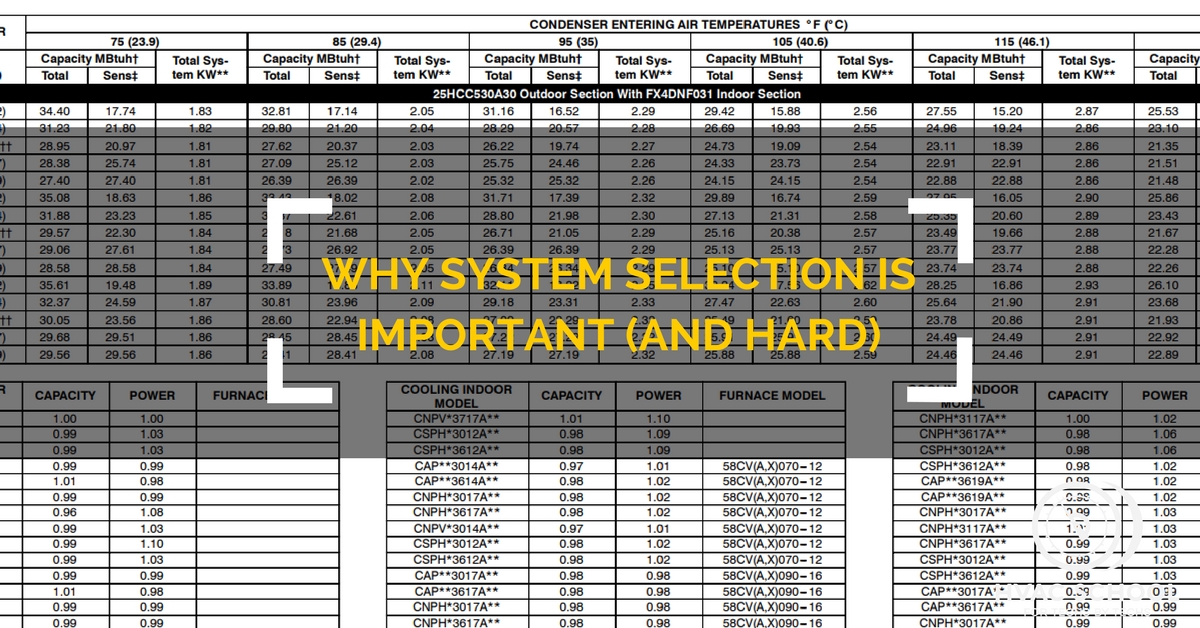Get Tech Tips
Subscribe to free tech tips.
What if you Only Have One Large Hose?

When evacuating, the FASTEST way is to use two large-diameter hoses connected to two core removal tools and the cores removed. These hoses are then connected to the pump using a tee or evacuation “tree.”
However, when you only have one large hose, another acceptable method is to connect the large hose to the suction side and the vacuum gauge to the liquid side alone.
Brad Hicks from HVAC in SC made a nice little video showing how he does this with just one hose. He uses a core tool with the vacuum gauge on the liquid line to ensure that there aren't any issues with depressing the core, which frequently happens with certain cores and gauge couplers. The other reason is so that he can valve off the vacuum gauge when he releases the charge or charges the unit to prevent refrigerant and oil from potentially entering his vacuum gauge.
The disadvantage of this setup is that the vacuum must all pull through the metering device, which can add time to the process. In the case of a “hard shut off” TXV, this method may not work.
Transcript
What's going on, guys? Here's another 60-second tech tip video. This one's going to be on single hose evacuation setups. I get tons of questions on the subject, so hopefully, this will clear things up a little bit. It's very, very simple. All I have is two Appion core removers here. Both cores, liquid and suction, have been removed. On the liquid side, I have my micron gauge. In this case, the BluVac+ Pro, and on the suction side, I have my Appion hose. This is a six-foot (1.82 meters), 1/2″ diameter 1/4″ by 3/8″, and then, of course, my vacuum pump—no special fittings or anything anywhere—very, very simple setup and very effective. Just to give you an idea, I'm in a decay test right now, but I've been running a total of 24 minutes right now, and my decay test has another two minutes. I've set for a 10-minute decay, so another two minutes, and we'll be good to go. And as you can see, [I've got the] single hose setup—very, very effective, and as you can see, I have it isolated. I'm still reading my micron gauge and everything in the system. So, I hope that helps. Just a quick rundown—if you have any questions, feel free to ask.
—Brad Hicks, HVAC in SC










Comments
To leave a comment, you need to log in.
Log In